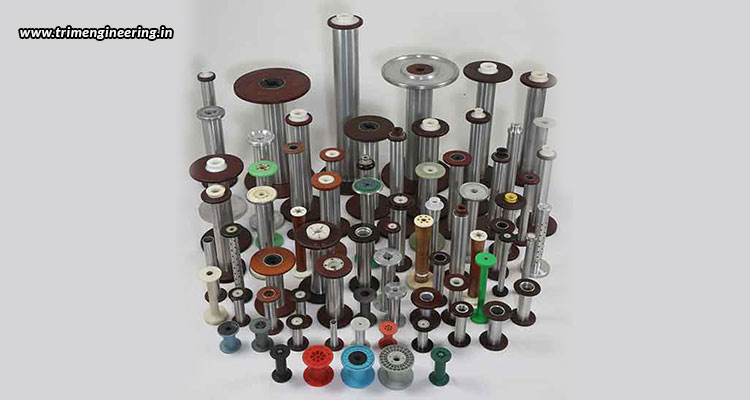What Are The Different Types Of Pipe Flanges Available?
A flange is an internal or external ridge or rim that is installed at the end of a pipe, beam, cylinder, etc. for strength and support, which allows easy assembling and disassembling of the pipes or structures they are installed with. The various structures flanges are used with include pipes, iron beams, steam cylinders, camera lens mounts, and tram wheels.
Pipe flanges are used to joint two joints of pipes, with each connecting piece having a flange installed. Both the flanges are bolted together with stud bolts and sealed with a gasket. Pipe flanges are made of a variety of materials like stainless steel, aluminum, bronze, brass, plastic, cast iron, carbon steel, and many others. The flange material is selected depending upon the material of the pipe, and in most cases, the pipe and flanges are of the same material. At times, the flanges are also internally lined with layers of completely different materials.
There are different types of pipe flanges available that are used after selection done based upon the fluid, material of construction, PT rating, connecting equipment, and various other factors. Flange face refers to the shape of the flange surface area that seals the joint connection. Here are five different types of pipe flanges available depending upon the flange face.
Flat Face (FF) Flange
As the name suggests, these flanges have a flat face. This means that the contact surface of the flange is at the same height as its bolting line. This is the simplest type of flange facing available, which is generally used at connection to cast iron equipment, valves, and specialties.
Raised Face (RF) Flange
These are the most commonly used flanges in the oil and gas pipelines. They have their contact surface located above the bolting line of the flange. These RF flanges are compatible with a wide range of gaskets, including flat cut, metallic, semi-metallic, and many others. The raised face of these flanges helps to concentrate the contact pressure on a small area of the flange, thus increasing the strength of the seal.
Male-Female (M/F) Face Flange
A better version of RF flange, the Male-Female Face flange is manufactured as two pieces that are to be matched to fit into each other. One flange face has an area extended beyond the normal flange face, while the other flange has a matching depression machined on the facing surface. The first flange is 1/4th inch high, while the second depression-machined flange is 3/16 inch deep.
Tongue-Groove (T/G) Face Flange
The most reliable type of flange joint – Tongue-Groove Face flange – is also comparatively costlier than other flange types. In this type of flange, two flanges are matched with each other. This is a type of flange that works on the principle of Male-Female Face flange, but here, none of the two pieces can be mated with flanges with a different face. The male flange has a raised ring/tongue, while the female flange has a groove that matches the tongue perfectly.
Ring Type Joint (RTJ) Flange
Generally used in high pressure and high temperature applications, the Ring Type Joint flange is used to create a metal-to-metal seal between the mating flanges. They have circular grooves that host metallic ring joint gaskets. When two RTJ flanges are bolted and tightened, the metallic gaskets inside are compressed and deformed, creating a very tight metal-to-metal seal. With a variety of RTJ flanges available, the most popular type is the R style with an octagonal section ensuring a very strong seal; and the least popular type is the oval section flange.
Just like flanges, there are a variety of other gaskets and seals that are important to form seals to prevent leakage of fluids and gases. Trim Engineering Services is one of the leading double flange bobbin manufacturers in India, who not only provides bobbins of various types, but also manufactures varieties of pirns, cops, gaskets, and other similar accessories and spare parts.


